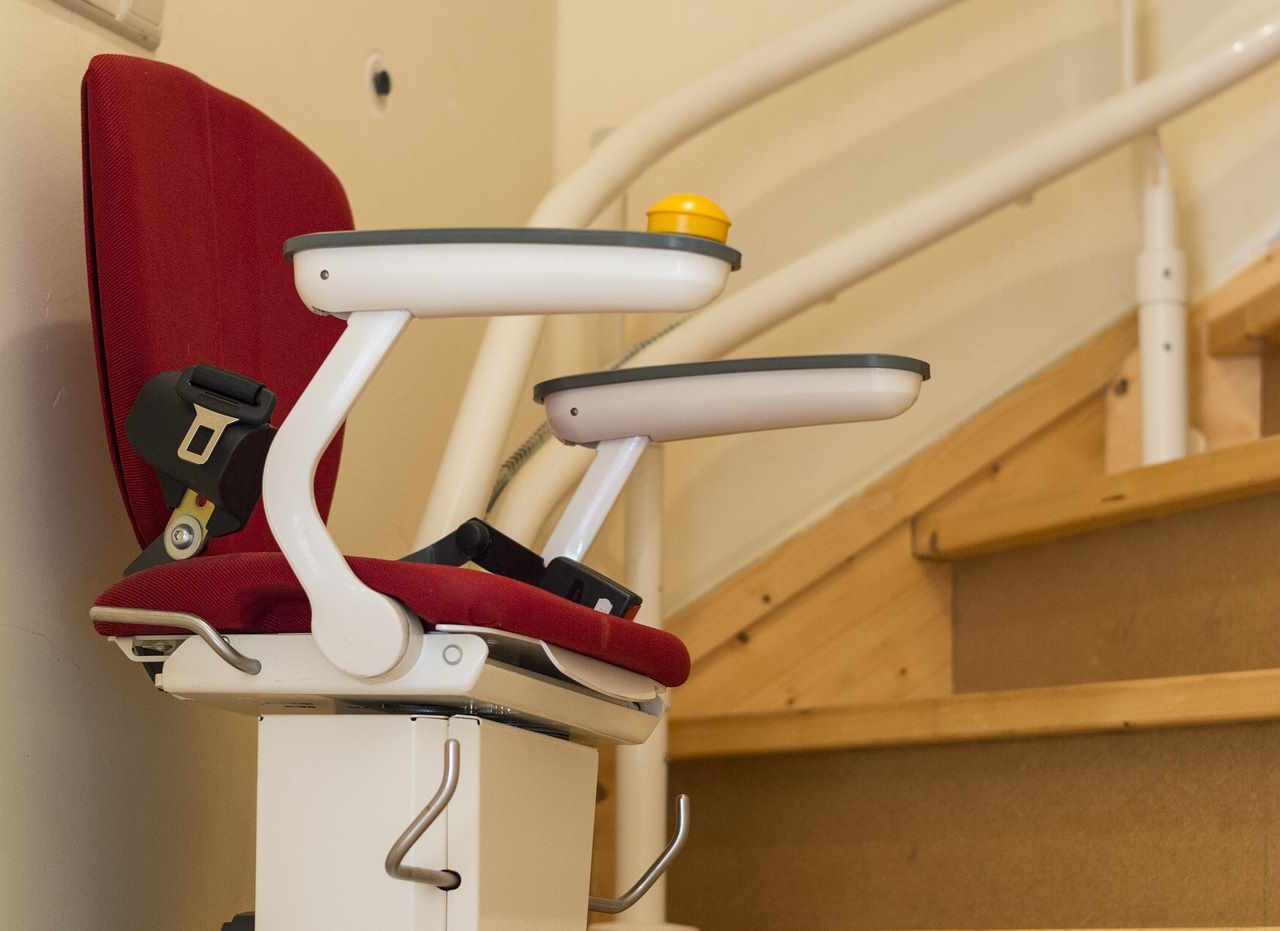When do you qualify for government‑funded bathroom upgrades in the UK
Bathroom grants in the UK provide essential financial aid for residents needing accessibility improvements. From the Disabled Facilities Grant to local council schemes, these opportunities help mitigate the costs of necessary modifications. With support available from organizations like Foundations and the role of occupational therapists, individuals can effectively navigate the application process and enhance their living spaces.

Understanding Bathroom Grants in the UK
Bathroom grants in the UK primarily come through the Disabled Facilities Grant (DFG), which is the main government funding source for home adaptations. Local authorities administer these grants to help disabled people, older adults with mobility issues, and those with long-term health conditions make essential modifications to their homes. The primary purpose of these grants is to enable individuals to live independently and safely.
The DFG can cover various bathroom modifications, including installing level-access showers, wet rooms, grab rails, accessible toilets, and other adaptations designed to improve accessibility. The maximum amount available through a DFG in England is currently £30,000, though this can vary in Scotland, Wales, and Northern Ireland, where devolved administrations may have different allowances and criteria.
Available Grants and Eligibility Criteria
To qualify for government-funded bathroom upgrades through the DFG, several eligibility criteria must be met:
-
Disability or mobility needs: The applicant or someone living in the property must have a disability or mobility issues that make using the bathroom difficult or unsafe.
-
Homeownership status: The grant is available to homeowners, private tenants, and social housing tenants. However, tenants will need their landlord’s permission for the adaptations.
-
Means testing: Most adult applicants are subject to a means test that evaluates household income, savings, and investments to determine if financial assistance is warranted. The means test calculates how much, if anything, the applicant must contribute to the work. Importantly, applications for children with disabilities are not means-tested.
-
Necessity assessment: The modifications must be deemed “necessary and appropriate” for the applicant’s needs and “reasonable and practicable” for the property. This assessment is typically conducted by an occupational therapist.
Some individuals may qualify for fast-track or simplified application processes, particularly for urgent adaptations or those costing below certain thresholds. Many local authorities have implemented schemes for minor adaptations under £1,000 that can be approved without a full DFG application.
The Role of Occupational Therapists
Occupational therapists (OTs) play a crucial role in the bathroom grant process. These healthcare professionals assess an individual’s ability to perform everyday tasks and recommend appropriate adaptations. When applying for bathroom modifications, an OT assessment is typically required to:
-
Evaluate needs: The OT will observe how you currently use your bathroom and identify specific difficulties you encounter.
-
Recommend adaptations: Based on their assessment, the OT will recommend appropriate modifications tailored to your specific requirements.
-
Support your application: Their professional assessment provides the necessary evidence that the adaptations are “necessary and appropriate” – a key criterion for grant approval.
-
Provide specifications: OTs often work with technical officers to develop detailed specifications for the required adaptations, ensuring they meet your needs effectively.
You can request an OT assessment through your local authority’s social services department or, in some cases, through an NHS referral from your GP. The waiting time for assessments varies by location, but priority is typically given to those with urgent needs.
Financial Support Beyond Government Grants
While the DFG is the main source of funding for bathroom adaptations, alternative options exist for those who might not qualify or need additional support:
-
Home Improvement Agencies (HIAs): These local not-for-profit organizations assist older and vulnerable people with repairs and adaptations. They can help identify additional funding sources and sometimes offer small grants themselves.
-
Charitable organizations: Various charities offer financial assistance for home adaptations, particularly for specific groups such as veterans, people with certain medical conditions, or former employees of specific industries.
-
Equity release: Homeowners aged 55 and over may consider equity release schemes to fund adaptations if they don’t qualify for sufficient grant funding.
-
Council loans: Some local authorities offer loans or deferred payment agreements to help cover the cost of adaptations that exceed the grant maximum or for applicants who don’t fully qualify.
-
VAT exemption: Most disability adaptations qualify for VAT exemption, which can reduce costs by 20%. Contractors should be informed that the work is for a disabled person to ensure this relief is applied.
Application Process for Bathroom Upgrades
Navigating the application process for government-funded bathroom upgrades requires understanding several key steps:
-
Initial contact: Begin by contacting your local authority’s social services department to express interest in a bathroom adaptation and request an assessment.
-
OT assessment: An occupational therapist will assess your needs and recommend appropriate adaptations.
-
Formal application: Following the assessment, you’ll need to complete a formal DFG application form, providing details about your property, the required adaptations, and your financial circumstances.
-
Technical assessment: The local authority will arrange for a technical officer or surveyor to visit your property to assess the feasibility of the proposed adaptations.
-
Decision timeline: Local authorities should provide a decision within six months of receiving a valid application. If approved, you can proceed with obtaining quotes from contractors.
-
Contractor selection: You may need to get multiple quotes from approved contractors. Some local authorities manage this process themselves, while others give applicants more control over contractor selection.
-
Work completion: Once the contractor is selected, the work can begin. Payment is typically arranged directly between the local authority and the contractor upon satisfactory completion.
The application process can be lengthy, sometimes taking several months from initial inquiry to adaptation completion. For urgent needs, it’s important to highlight this from the beginning, as some authorities have fast-track processes for critical situations.
Navigating the system can be challenging, but support is available through local authorities’ welfare rights teams, Citizens Advice, Age UK, and disability advocacy organizations. These services can provide guidance on eligibility, help with form completion, and assistance with appeals if applications are rejected.
Understanding your eligibility for government-funded bathroom upgrades is the first step toward creating a safer, more accessible home environment. By following the appropriate application processes and seeking support when needed, many people with disabilities and mobility challenges can access the financial assistance necessary to transform their bathrooms into spaces that enhance their independence and quality of life.




